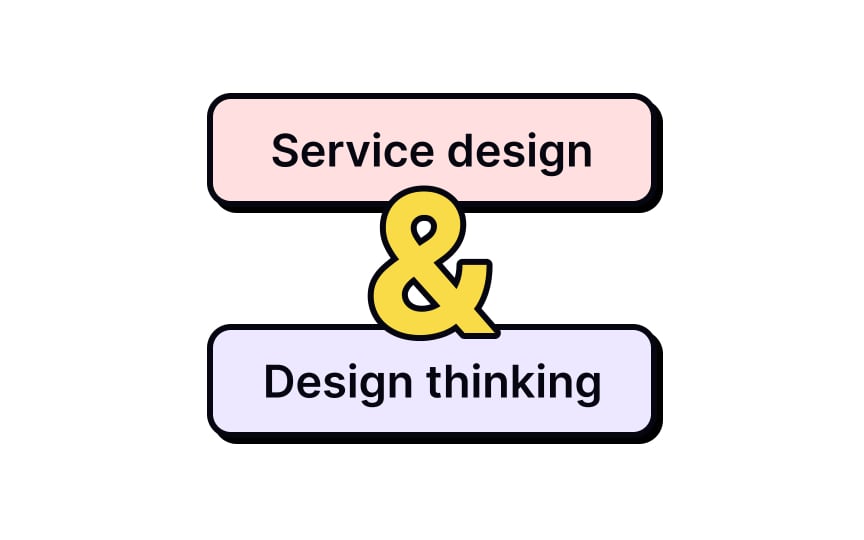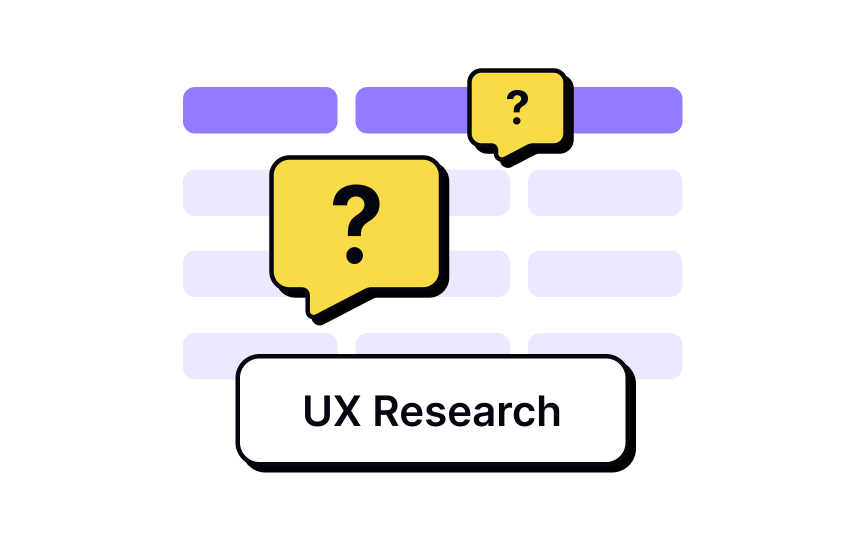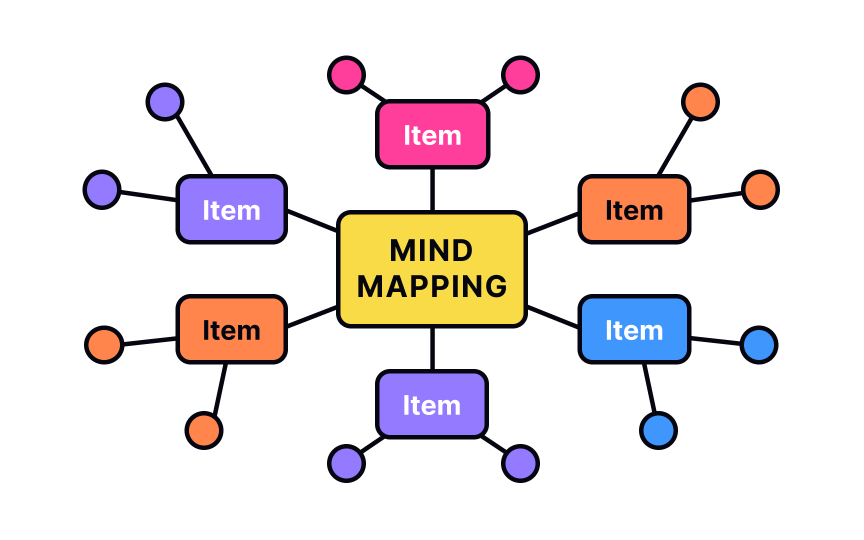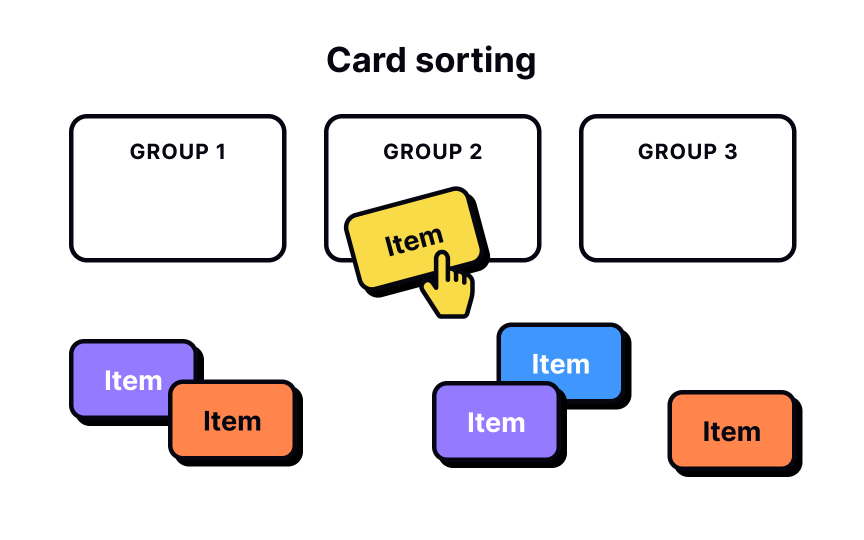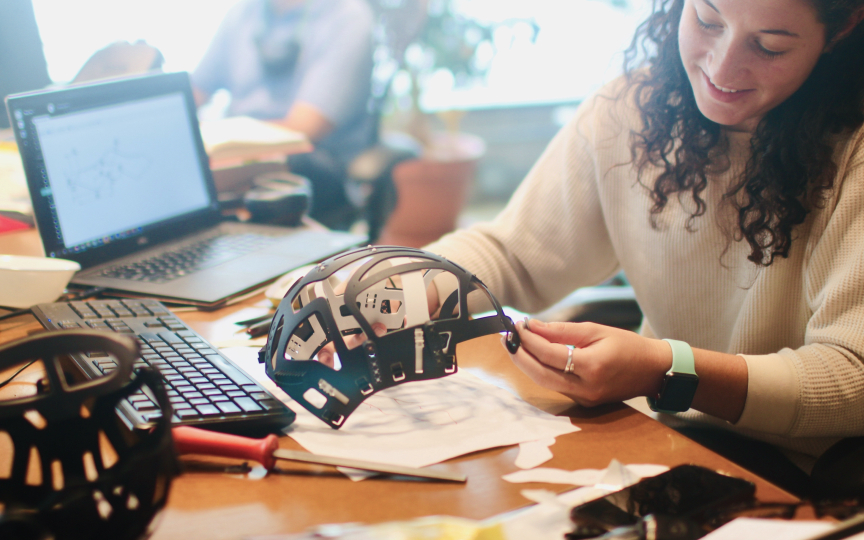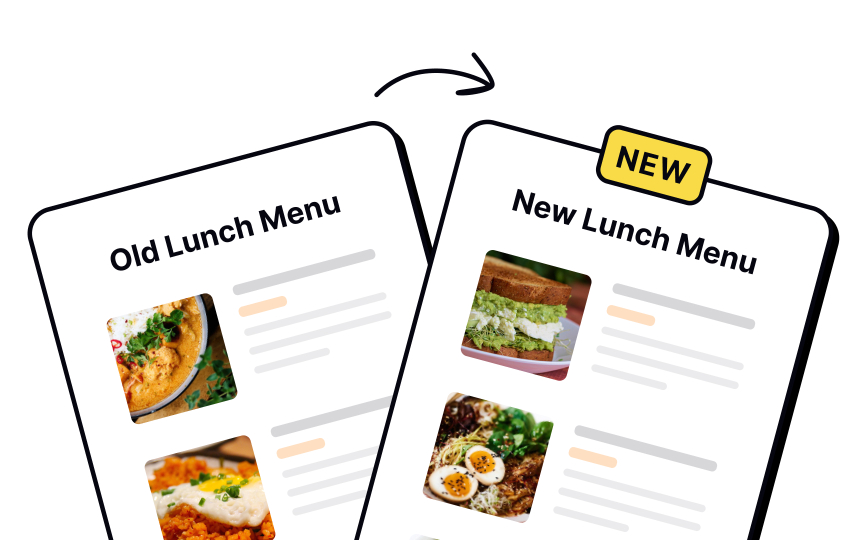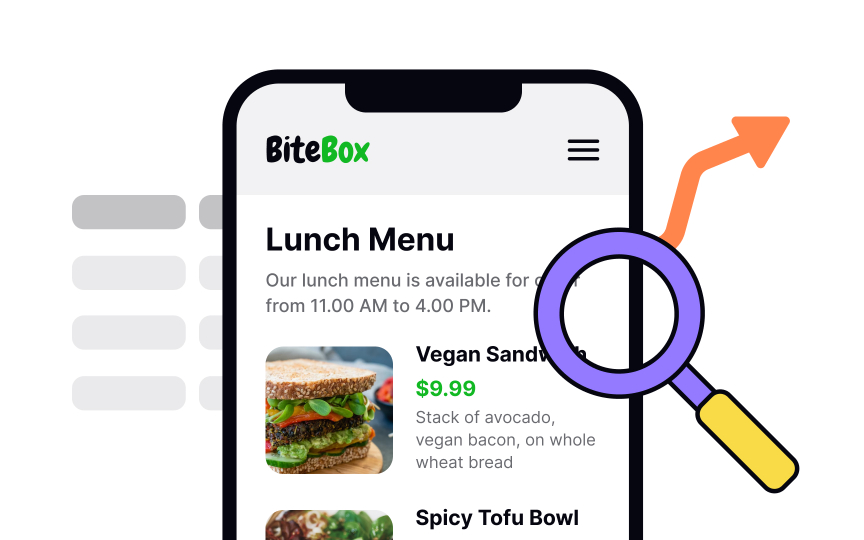Service Design Process
Learn about the structured service design process that you can use to build effective solutions
Service design, just like other design processes, takes a systematic and iterative approach to crafting and enhancing services to meet the needs and desires of both users and service providers. It's all about recognizing that services go beyond mere transactions — they encompass the entire experience customers have while engaging with a service.
By combining research, strategy, ideation, prototyping, and implementation, service design works its magic to create user-centered and innovative services that align with business goals. This structured approach ensures that the solutions are effective, efficient, and tailored to cater to both users and businesses.
Design thinking and
Design thinking is a problem-solving approach that places users at the heart of the
The process typically unfolds through several stages:
- Empathizing with users
- Defining the problem
- Generating ideas through ideation
Prototyping concepts- Testing them with users
- Iterating solutions based on feedback until an optimal solution is achieved[1]
On the other hand, service design takes a holistic view of designing and improving services to deliver exceptional experiences. It takes into account the entire service ecosystem and considers all touchpoints, interactions, and processes involved.
Design thinking serves as a guiding framework within the broader service design process. Design thinking methodologies and tools, such as empathy mapping and prototyping, are employed to gain insights, generate ideas, and iteratively refine service experiences. By combining design thinking principles with service design, designers can create meaningful and user-centered services that deliver value and foster positive user experiences.
The
Researching the business involves the following steps:
- Researching the business to define the business objectives. This involves identifying the purpose of the service and the goals the service should achieve.
- Analyzing the strengths and weaknesses of competitors' services, identifying market trends, and understanding customer preferences.
- Defining the service blueprint by identifying the different stages of the service, the touchpoints where the business interacts with users, and the back-end processes that support the service.
Researching users involves the following steps:
- Gathering data on user needs, preferences, and behaviors to inform the
service design . This can include conducting surveys, interviews, and observation studies to understand how users interact with the service. - Developing user personas based on the data gathered during user research. These personas will represent the typical target user for the service being designed.
- Creating a user journey that involves defining the different touchpoints where users interact with the service, such as signing up, placing an order, and receiving the order.[2]
Ideation involves generating and refining ideas for new services or improving existing ones. This stage is essential because it lays the foundation for the entire
The ideation stage involves several key steps, including:
- Understanding users and business. Designers start by gaining a deep understanding of user needs and business goals based on the data collected during the previous
research stage. - Conducting ideation sessions. This involves brainstorming sessions with activities like brainwriting, mind mapping, or random word association, where designers work together to generate a wide range of ideas, regardless of feasibility or practicality.
- Idea filtering and prioritization. After generating a large number of ideas, teams filter and prioritize them based on their feasibility, potential impact, and alignment with user needs and business objectives.
- Concept development. Designers then develop concepts for the most promising ideas. This involves creating detailed descriptions, visual representations, or mockups of the service concept to communicate and refine the idea further.
The ideation stage can be iterative and involve a feedback loop. This means designers continually refine their ideas based on feedback from users, stakeholders, and feasibility studies.
Prototyping is a crucial stage in the service
During the prototyping stage, designers create a physical or digital
Prototyping can involve a range of methods, from creating storyboards to digital simulations and physical mockups. The choice of method depends on the nature of the service or product being designed and the goals of the designers.[3]
Implementation is the stage for bringing to life the ideas and concepts developed during the previous stages. It involves taking the service blueprint and turning it into a functioning service.
The implementation stage generally includes:
- Ensuring that the changes brought in by the new service are communicated to the stakeholders and that everyone is on board with the new changes
- Applying the new changes across all touchpoints that will be affected
- Training staff members to work with the new service and ensuring that they understand how it works
- Developing or updating any software that the service will run on
- Managing the product development process, ensuring that it is delivered on time, within budget, and in alignment with the goals,
research data, andprototypes produced during previous stages - Designing and implementing a scalable, secure, and reliable technical infrastructure that can support the service as it grows and evolves over time
This evaluation stage allows service designers to gather feedback from users and stakeholders. This helps assess the performance of the service and make necessary improvements to ensure that it meets the needs of everyone.
The evaluation and iteration stage involves several key steps, including:
- Gathering user feedback. Service designers may use various methods to gather feedback from users, such as surveys, focus groups, user testing sessions, and online reviews. The feedback helps identify areas of the service that need improvement, such as
usability , functionality, and overalluser experience . - Analyzing data. Designers analyze the data collected from users to identify patterns and trends. This helps them understand how users interact with the service, what features are most popular, and what areas need improvement.
- Identifying pain points. Designers identify pain points or areas of the service that are causing frustration or dissatisfaction among users. This information helps them prioritize areas for improvement.
- Iterating and improving. Lastly, the insights gained from user feedback and data analysis to make improvements to the service. This may involve modifying the service's features, user interface, or overall design to better meet the needs of its intended audience.
In addition to gathering feedback from users, designers also consider the perspectives of stakeholders, such as investors, employees, and partners. This helps ensure that the service aligns with the broader goals and objectives of the organization and that it is sustainable in the long term.
Pro Tip: Consider the impact of the service on the broader community and environment by assessing the service's social and environmental impact and identifying ways to minimize any negative effects.
References
- Design Thinking 101 | Nielsen Norman Group
- A Brief Guide to Service Prototyping | Medium
Top contributors
Topics
From Course
Share
Similar lessons

What is UX Design?

Common Design Concepts

